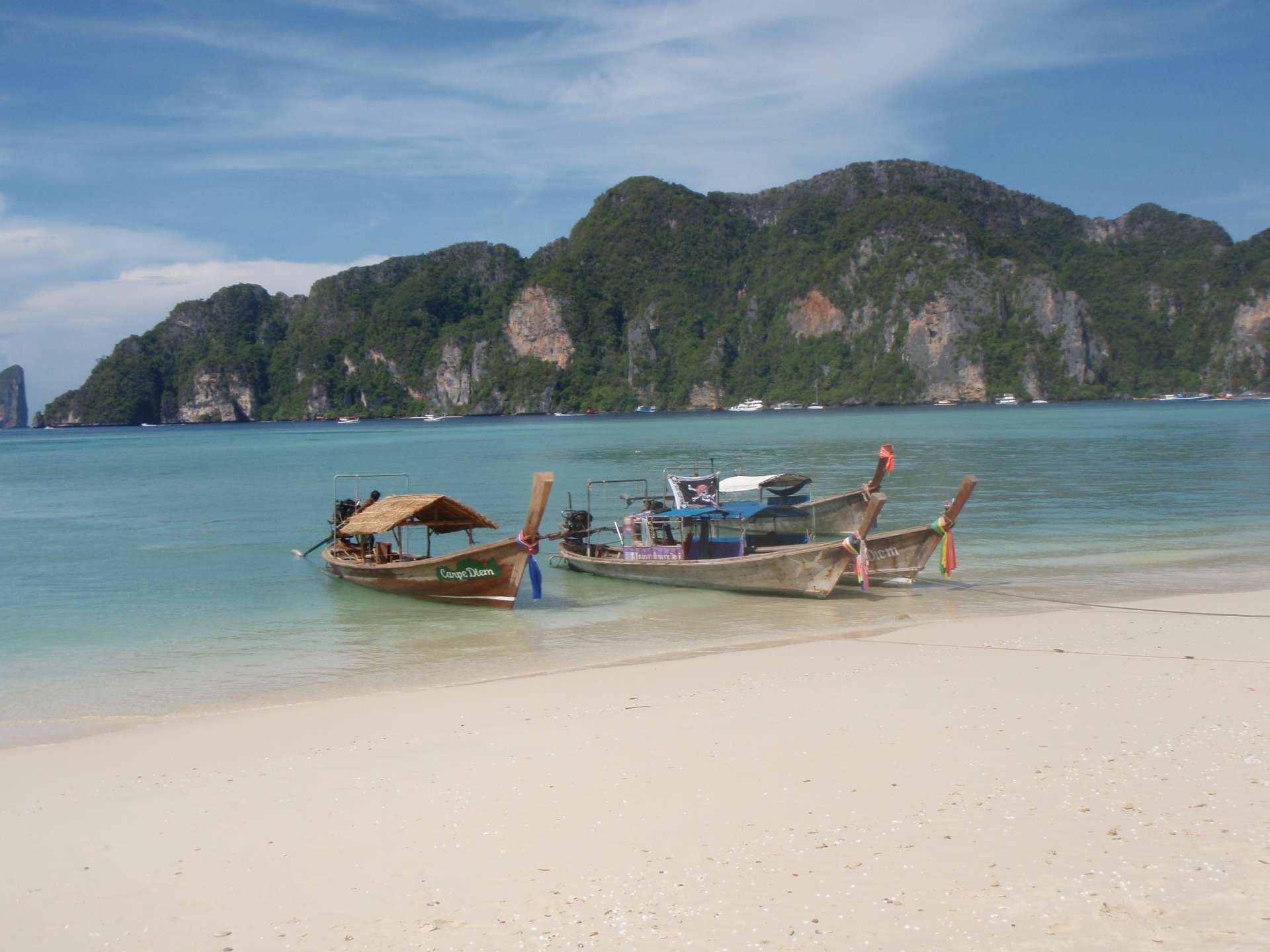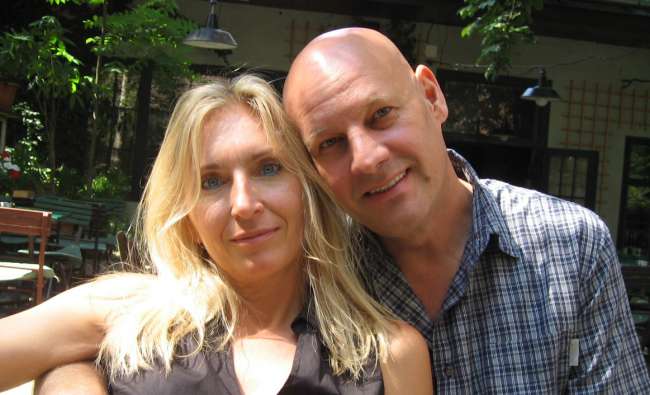Nepal: Chitwan National Park, Sauhara
Pibliye: 13.06.2017
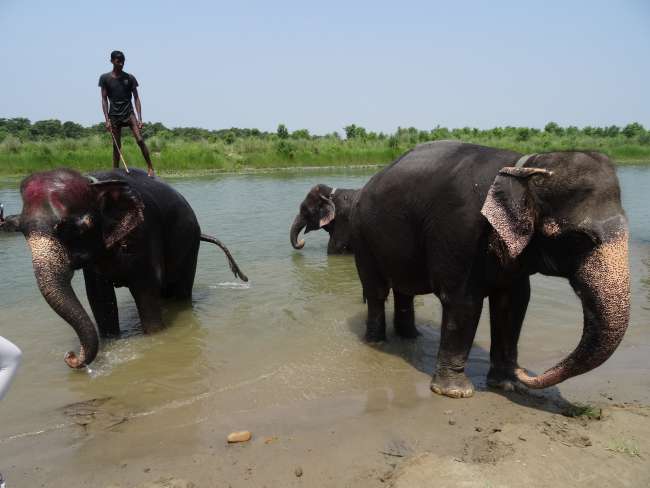
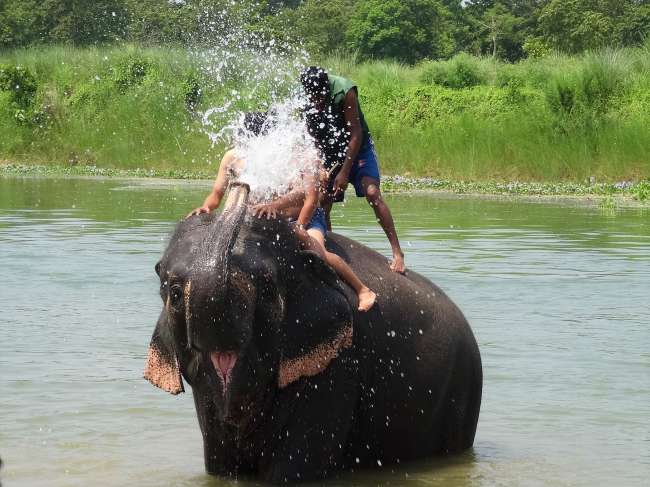
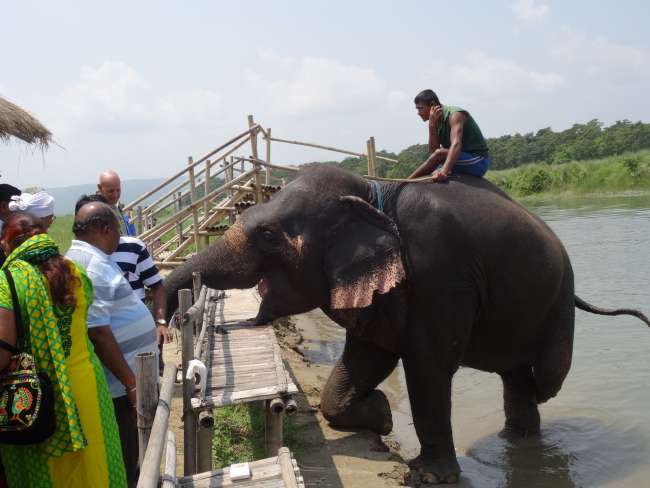
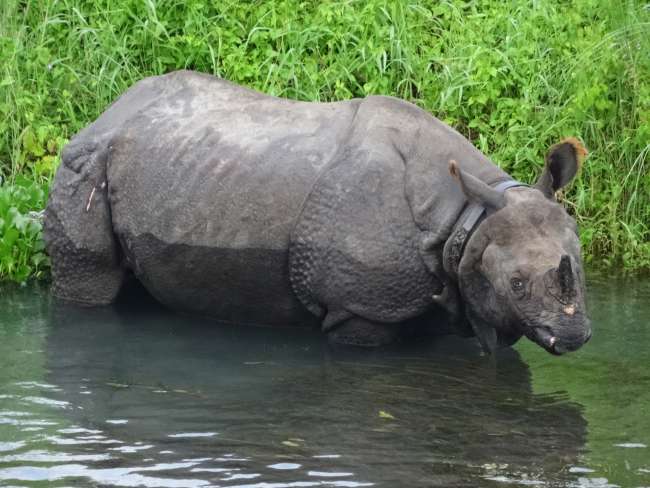
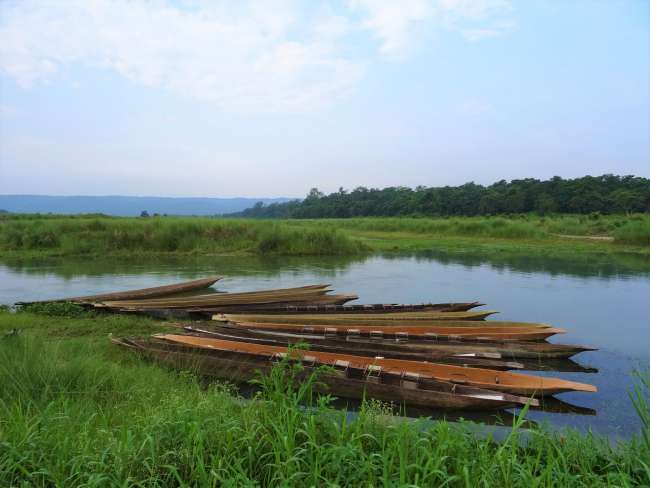
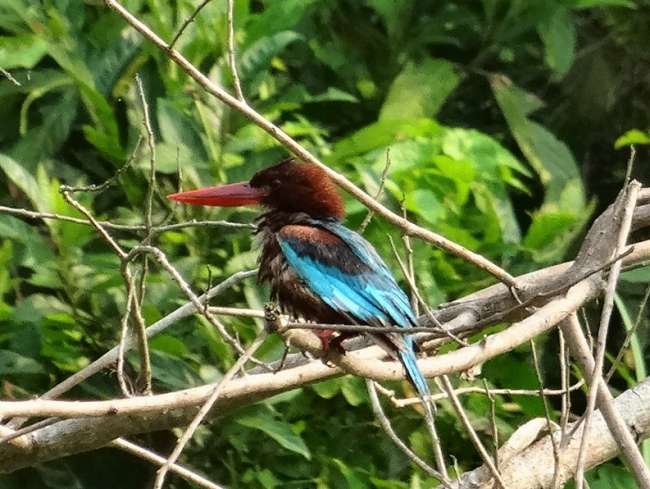
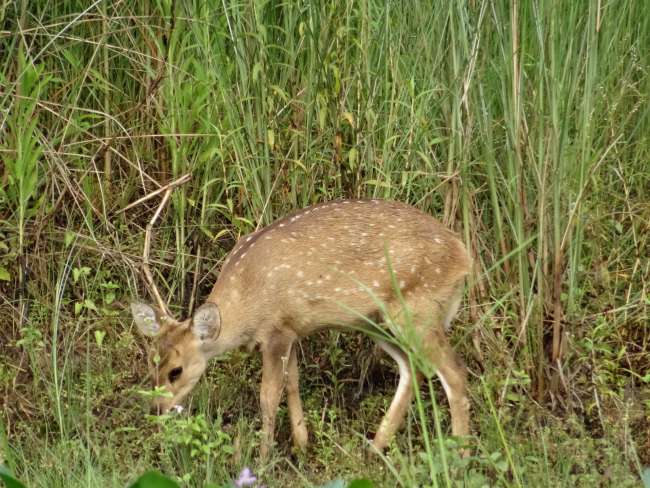
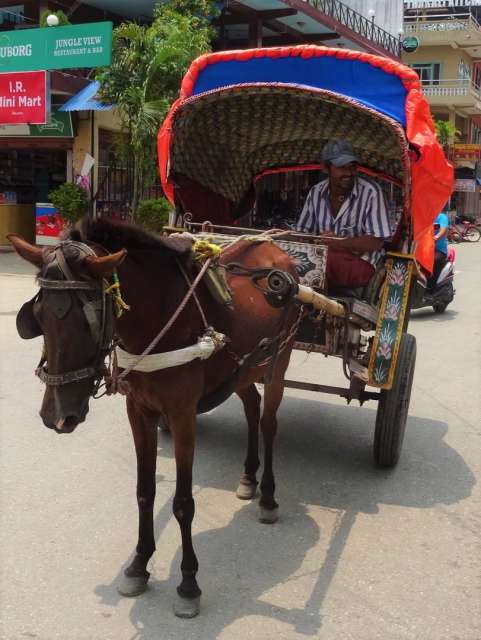
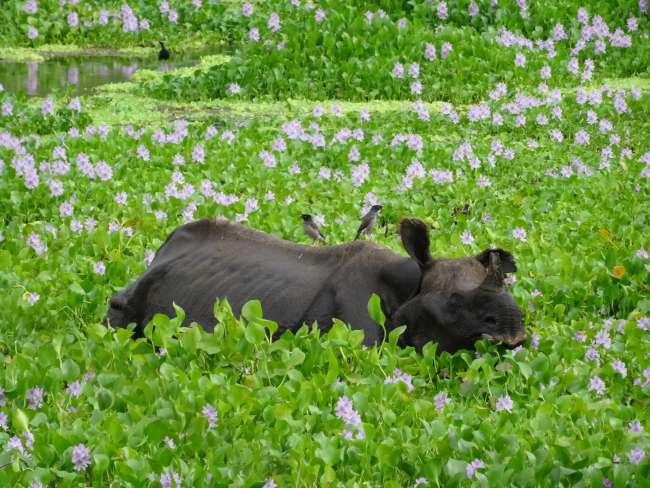
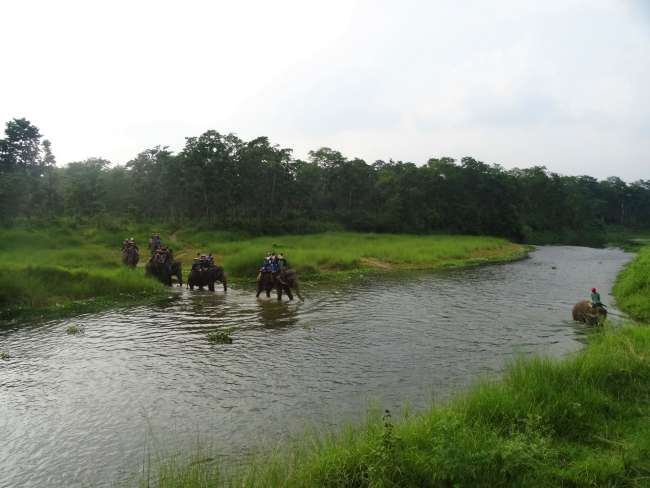
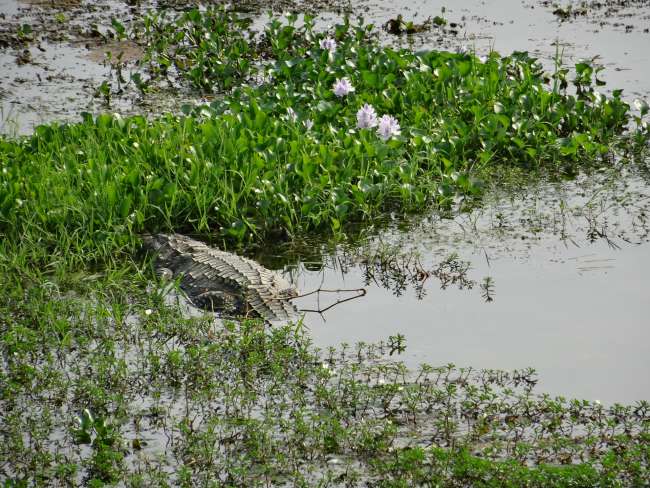
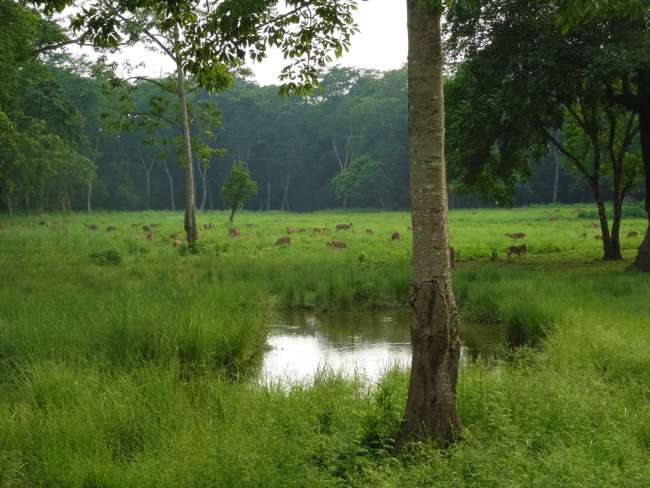
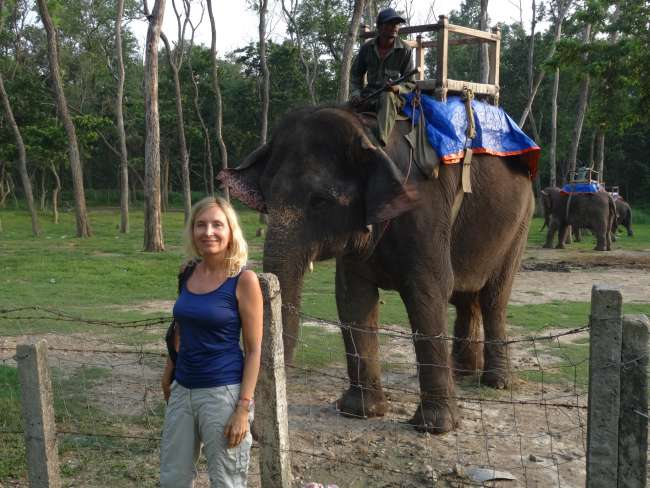
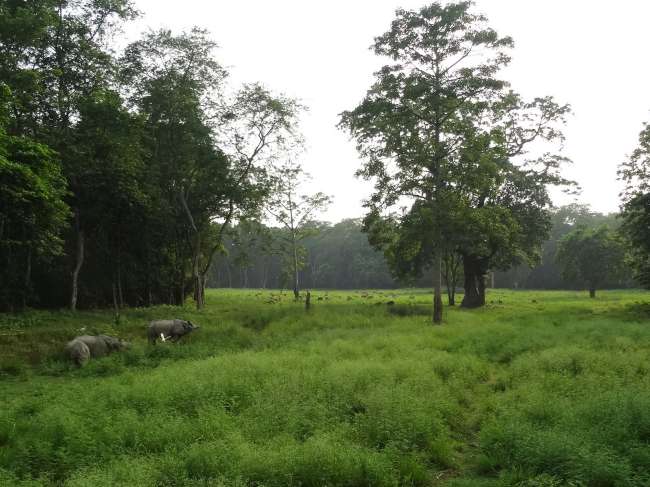
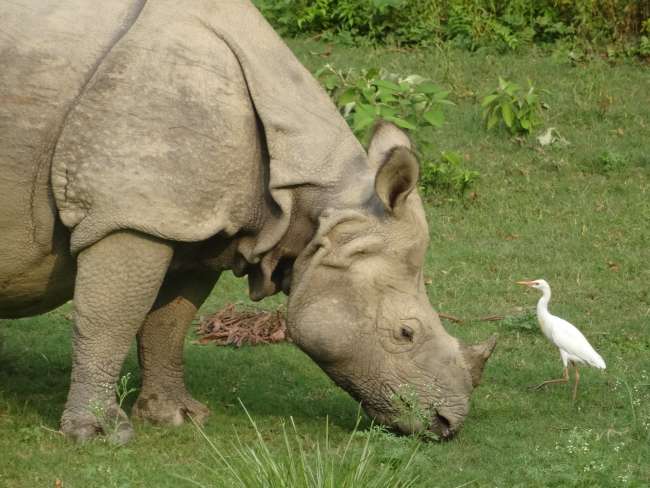
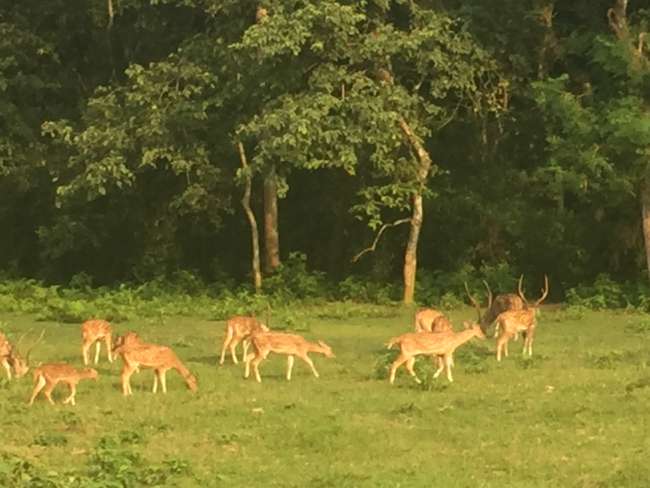
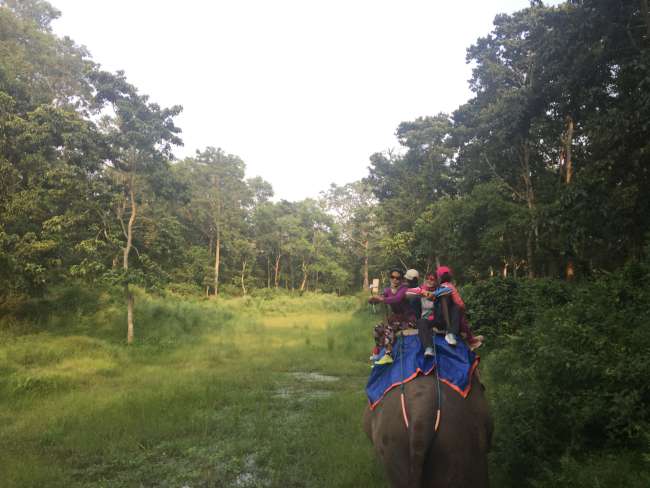
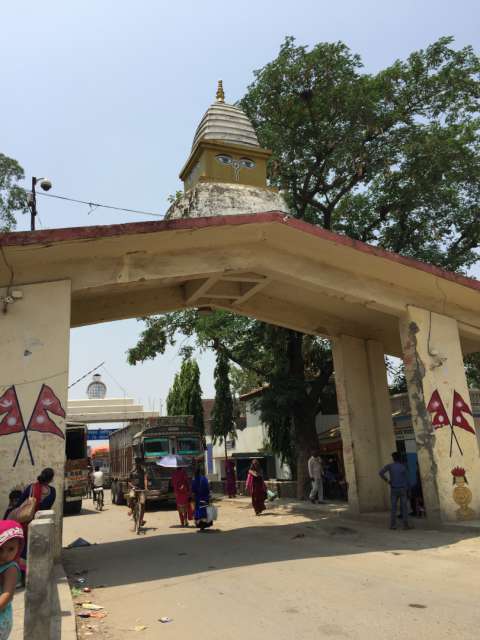
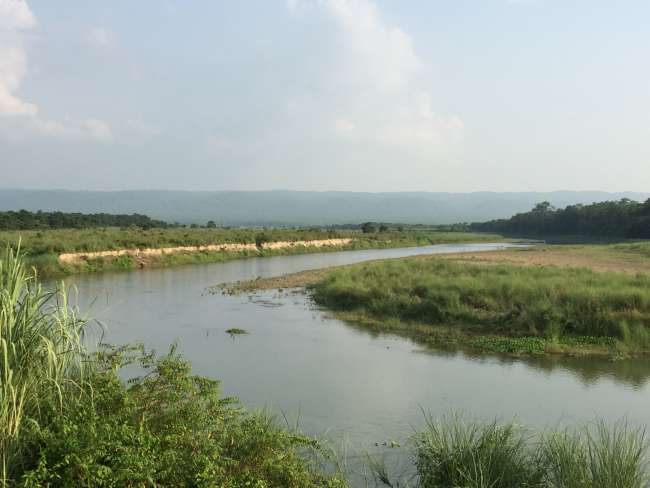
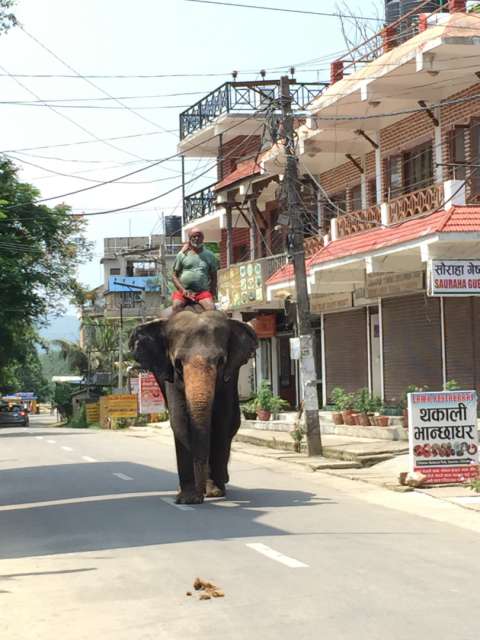
Abònman nan bilten
Sauhara
Admittedly, the journey from Varanasi to Nepal was not an easy task.
The night train was delayed, so we arrived in Gorakhpur at 8.00 in the morning. This is the longest platform in the world with a length of 1,355 km (!).
We were lucky because our cabin mate immediately guided us to the right bus to Sonauli, and we were able to get a seat just in time. The buses here are very basic and without air conditioning, but with a window seat, it's not a problem. Unfortunately, three people on the bus got sick - I won't go into any further details about that.
After three hours near the border with Nepal, we took a bicycle rickshaw for the last stretch and, after a problem-free visa issuance on-site (since we had enough passport photos, even for buying a SIM card), we crossed the border with a driver who took us directly to Sauhara in the Chitwan National Park within another two and a half hours in an air-conditioned car.
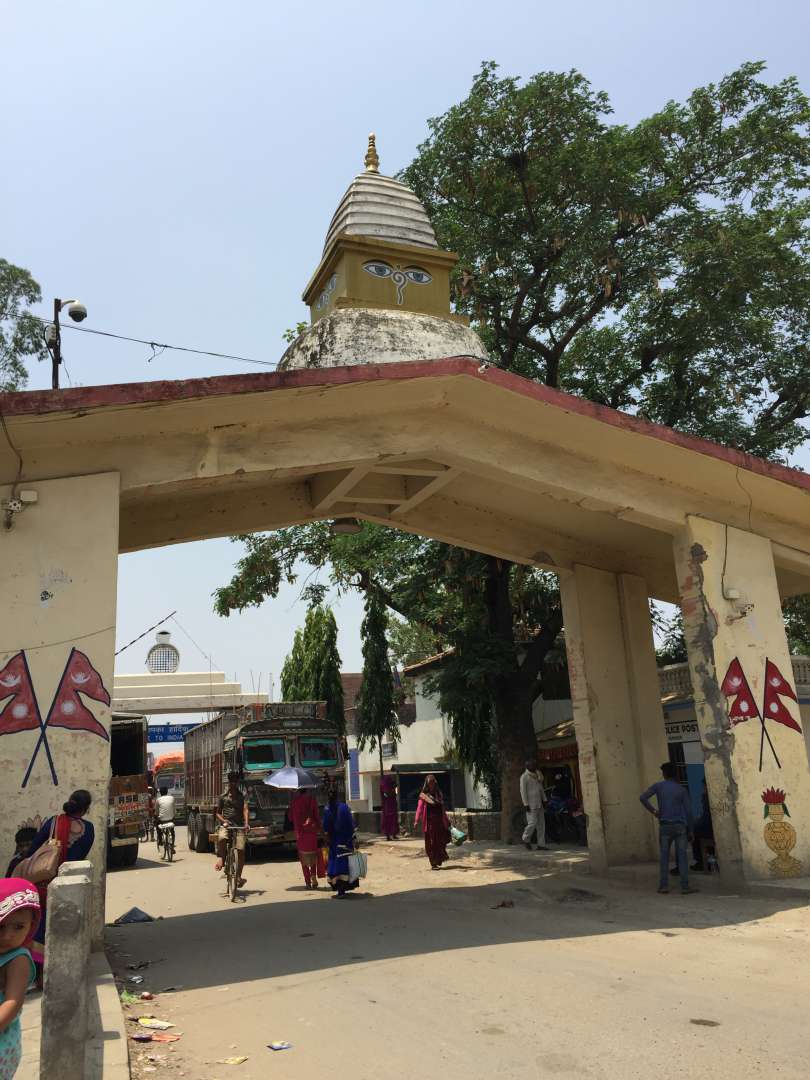
Nepal border crossing
Our resort is located in a beautifully landscaped garden, beautifully situated by the river, overlooking the spot where the elephants take a bath in the morning and evening.
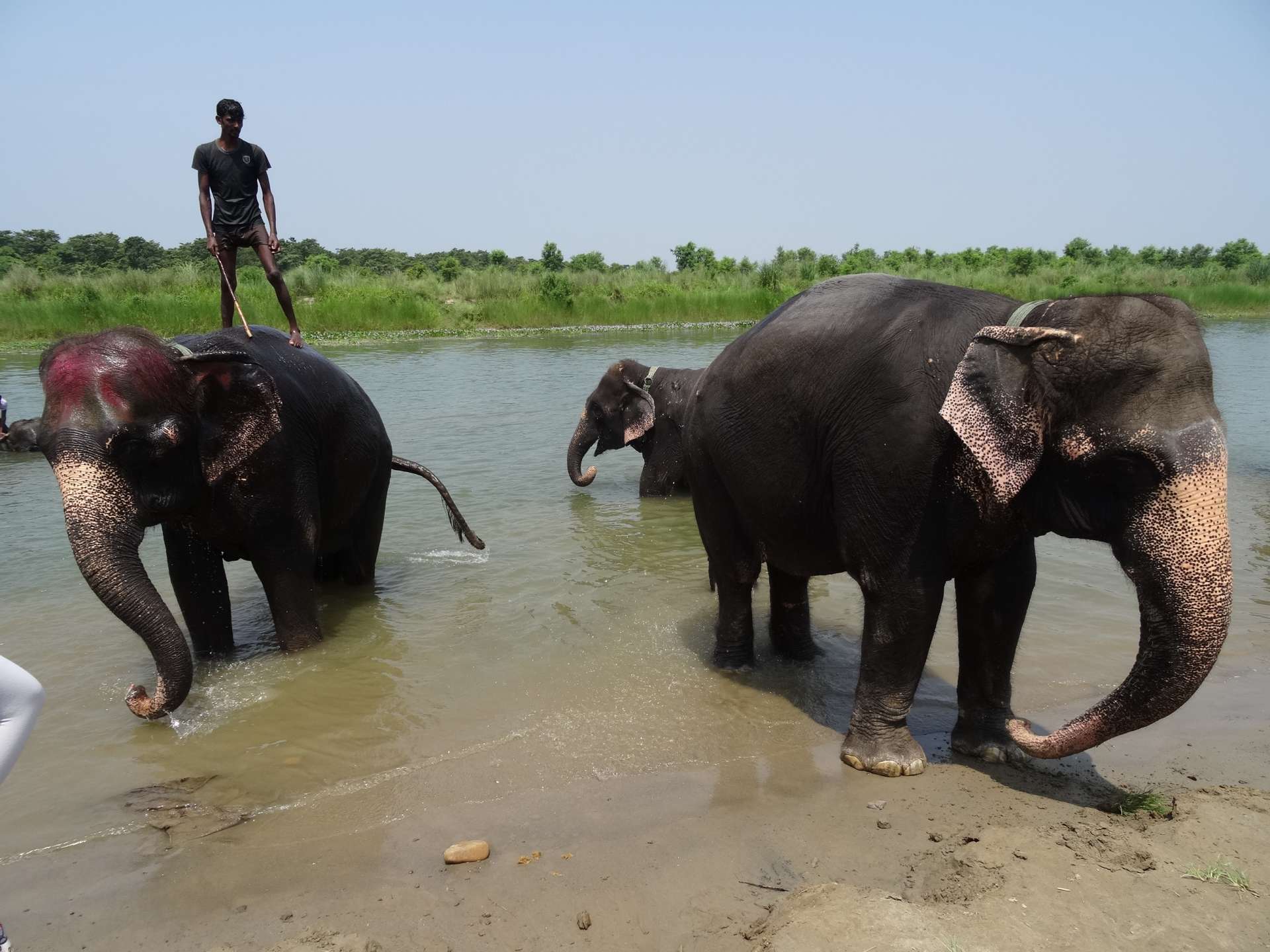
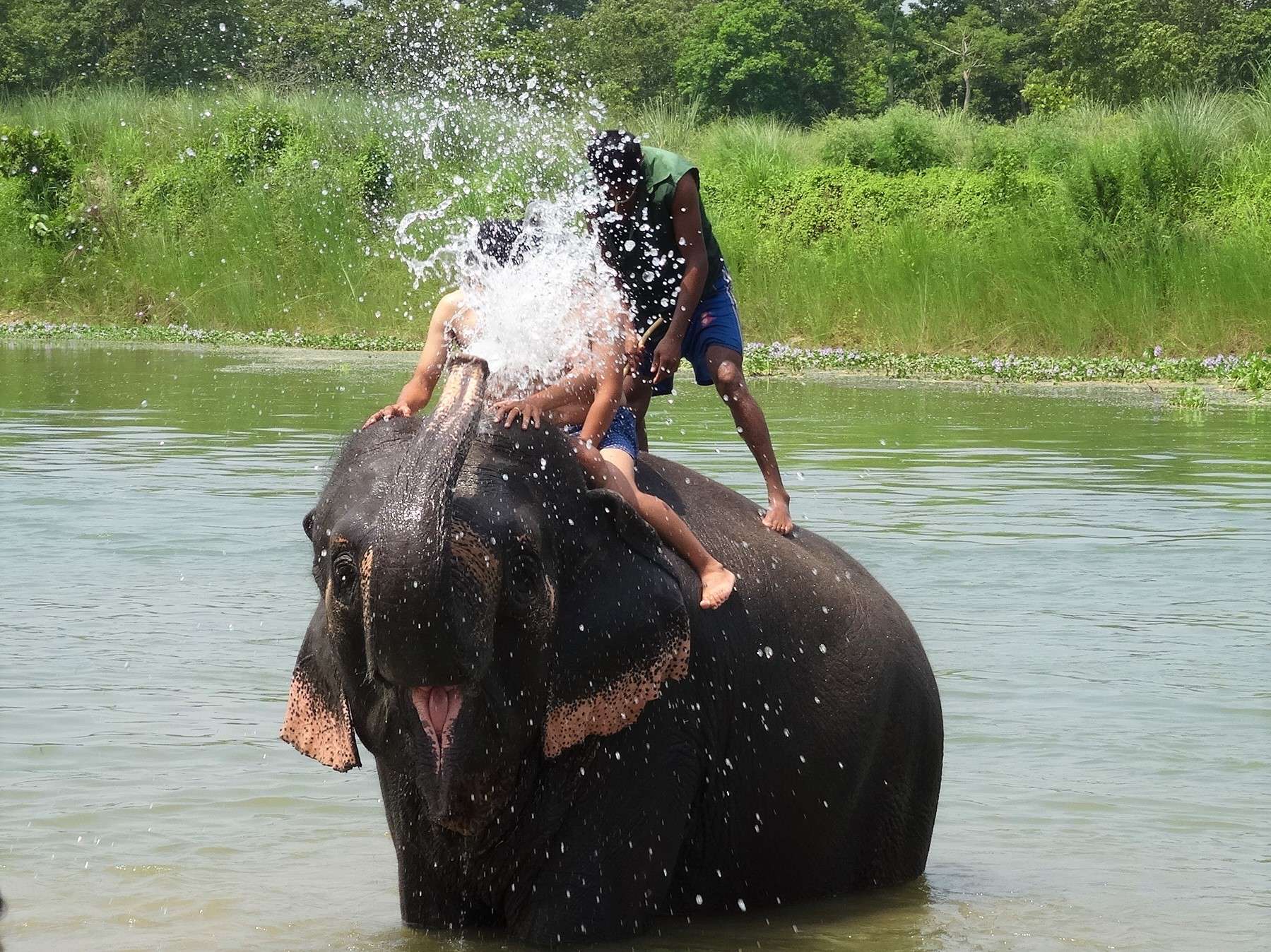
Peter was very amazed by the transformation of the place he had visited 9 years ago. Nowadays, there are mostly paved roads and significantly more accommodations and restaurants.
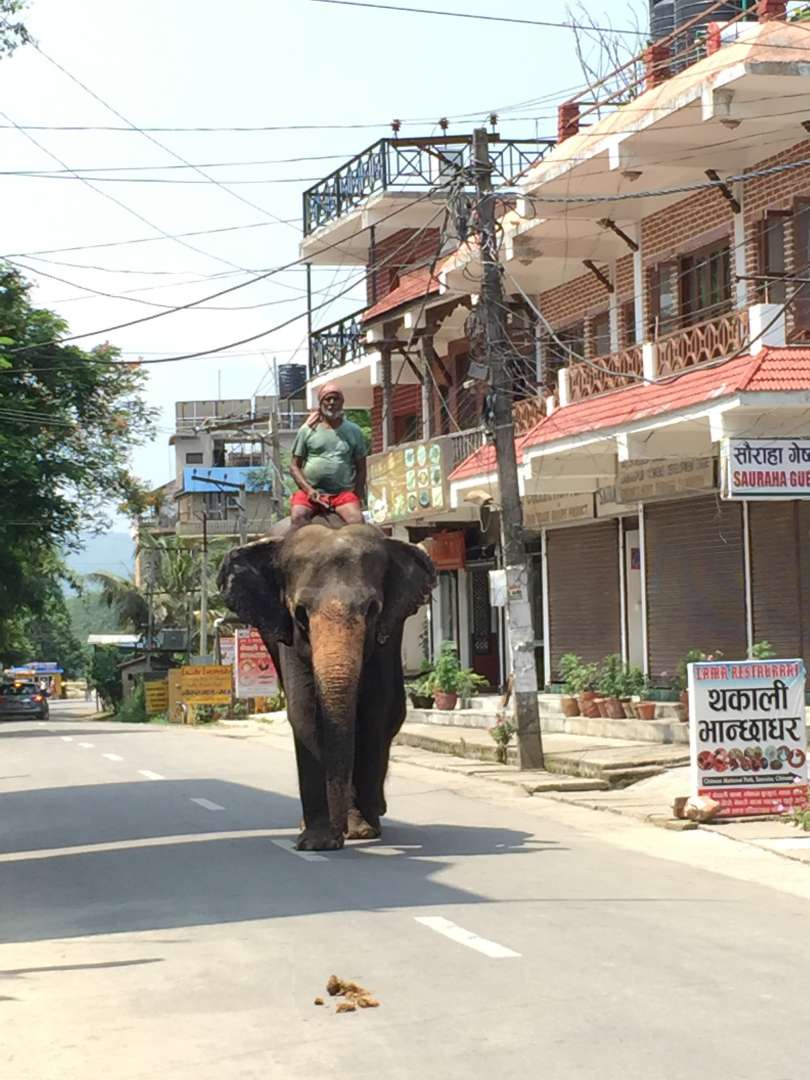
This region has also experienced a drastic decline in tourists after the devastating earthquake and last year it suffered a lot from its big neighbor India due to a total blockade of the border. According to a local, many Chinese used to come here on vacation by land. However, the border with the other major neighbor China is currently closed as well.
Nevertheless, the Nepalese seem optimistic and hopeful that more visitors will come to their wonderful country soon.
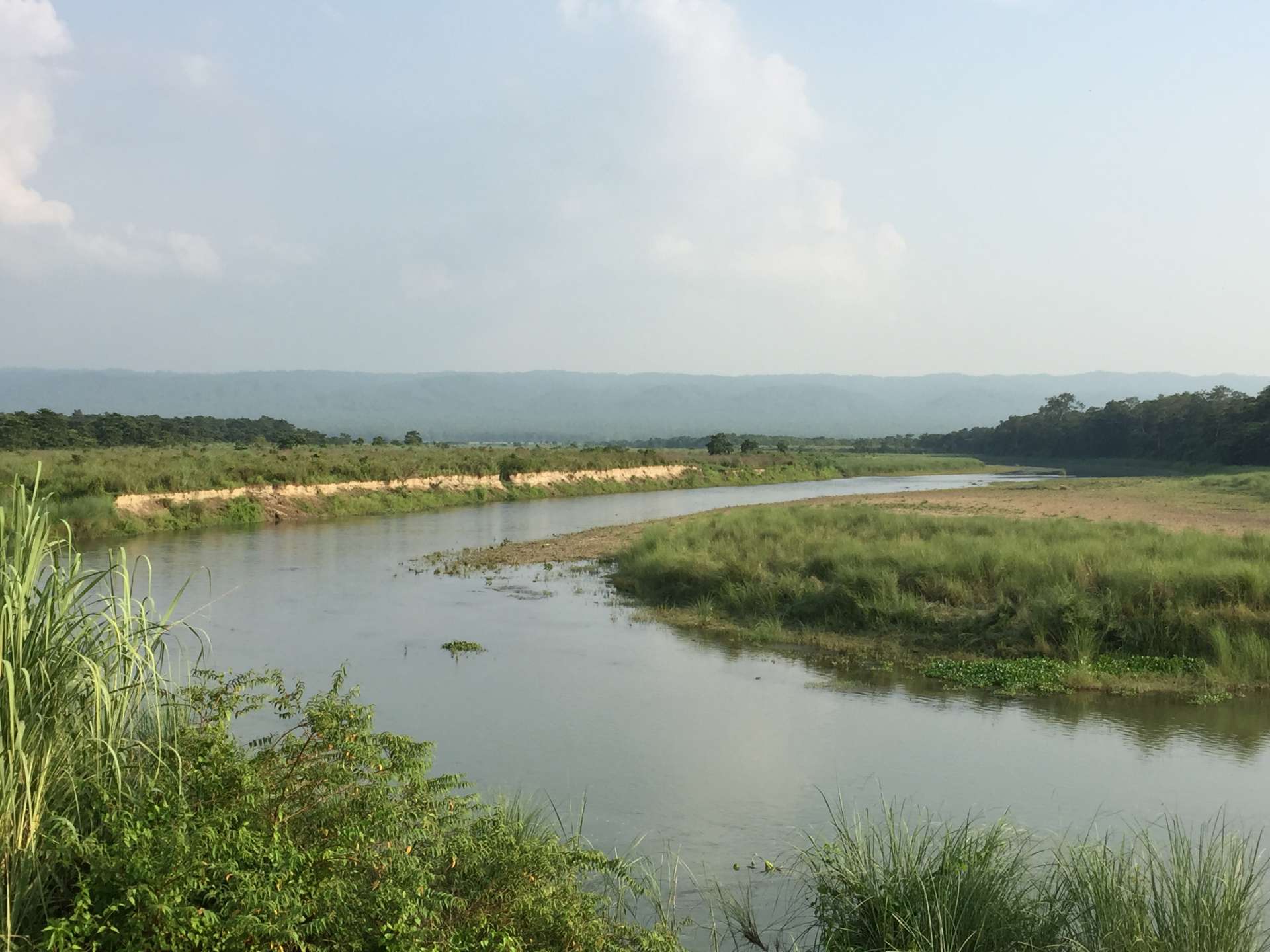
After a relaxing first day, the next day we took a canoe ride along the river and then a three-hour jungle walk in the national park.
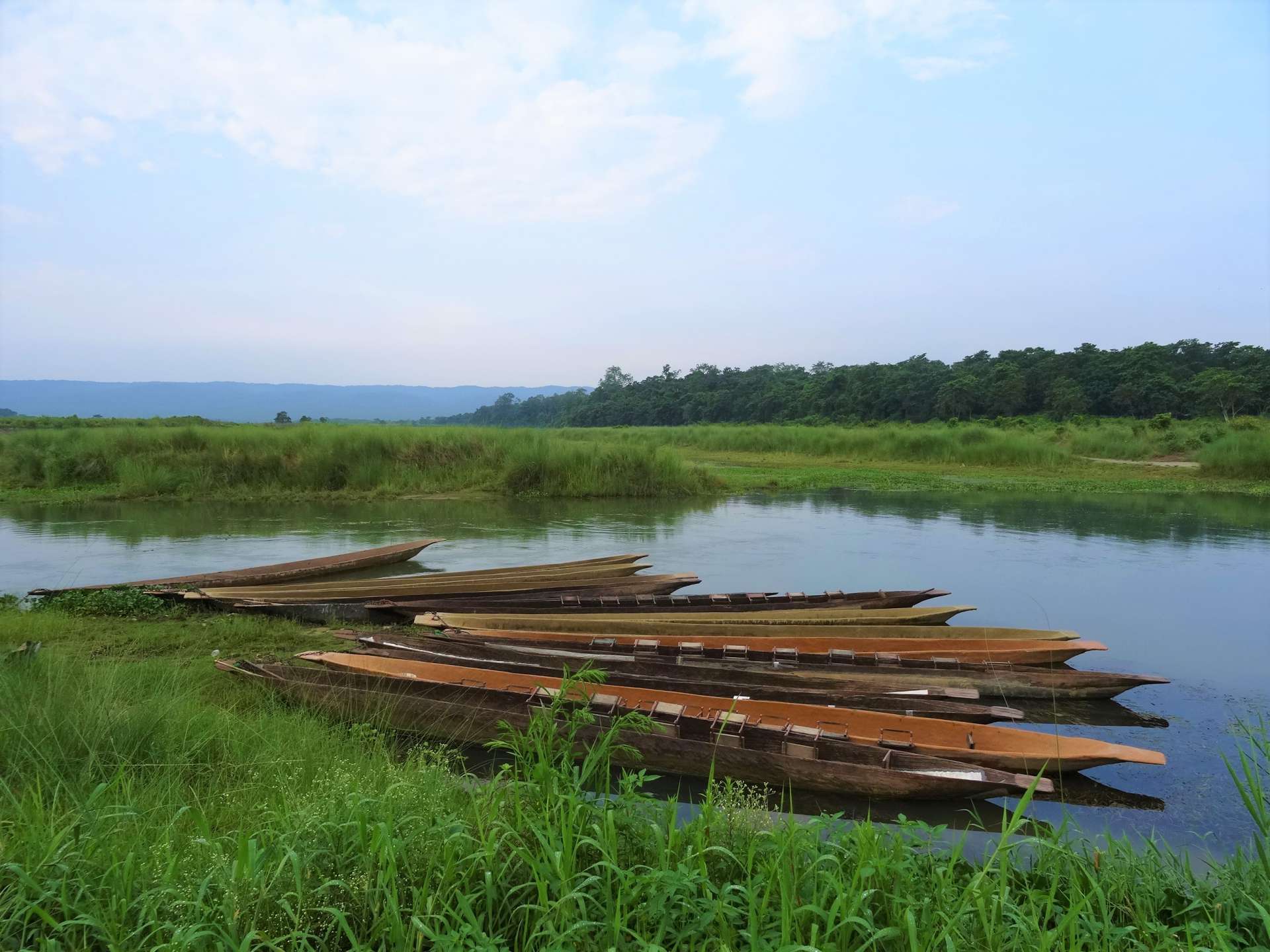
Due to the heat, such tours start at 6.30. However, this allows you to experience an incredibly picturesque morning atmosphere. Right at the beginning, we spotted a one-horned rhinoceros bathing in the river. According to our guide, these seemingly clumsy animals can reach speeds of up to 40 km/h if they feel threatened.

The national park used to be used exclusively as a hunting ground and attracted many wealthy individuals who came to hunt wild elephants, Bengal tigers, rhinoceroses, and much more. The animal population had been so decimated that fortunately, in 1973, nearly 1000 km2 were declared a national park. However, poaching continued to be a major problem, as some extremely poor people knew how to exploit the high demand of the Chinese for Chinese medicine.
Meanwhile, the park is guarded by soldiers and within the last 10 years, the admission fees for foreigners have tripled.
Local residents also like to come here to collect fodder for their cattle. There are countless juicy grasses here, including the particularly fast-growing elephant grass, which can grow several meters high. This can be dangerous because in February of this year, a woman was killed by a tiger in this way.
The flora here is an absolute paradise for, among other things, ca. 450 (!) bird species.

The resident crocodiles also appreciate them ;), although there is also a species that prefers fish.

Before our jungle walk, we received some instructions on how to behave in case of an encounter with supposedly very aggressive wild elephants, bears, or Bengal tigers. We came across crocodiles, deer, another rhinoceros, many birds, colorful giant beetles, but otherwise only fresh tracks of the aforementioned dangerous animals.

Nevertheless, it was a great day in the beautiful nature and a nice hike through the rainforest.
After some consideration, we decided to go on an elephant safari. Four tourists sit in a wooden rigging attached to the back of the elephant. Our elephant lady (only females are used because males are too aggressive) was 35 years old and calmly swayed us through the jungle.
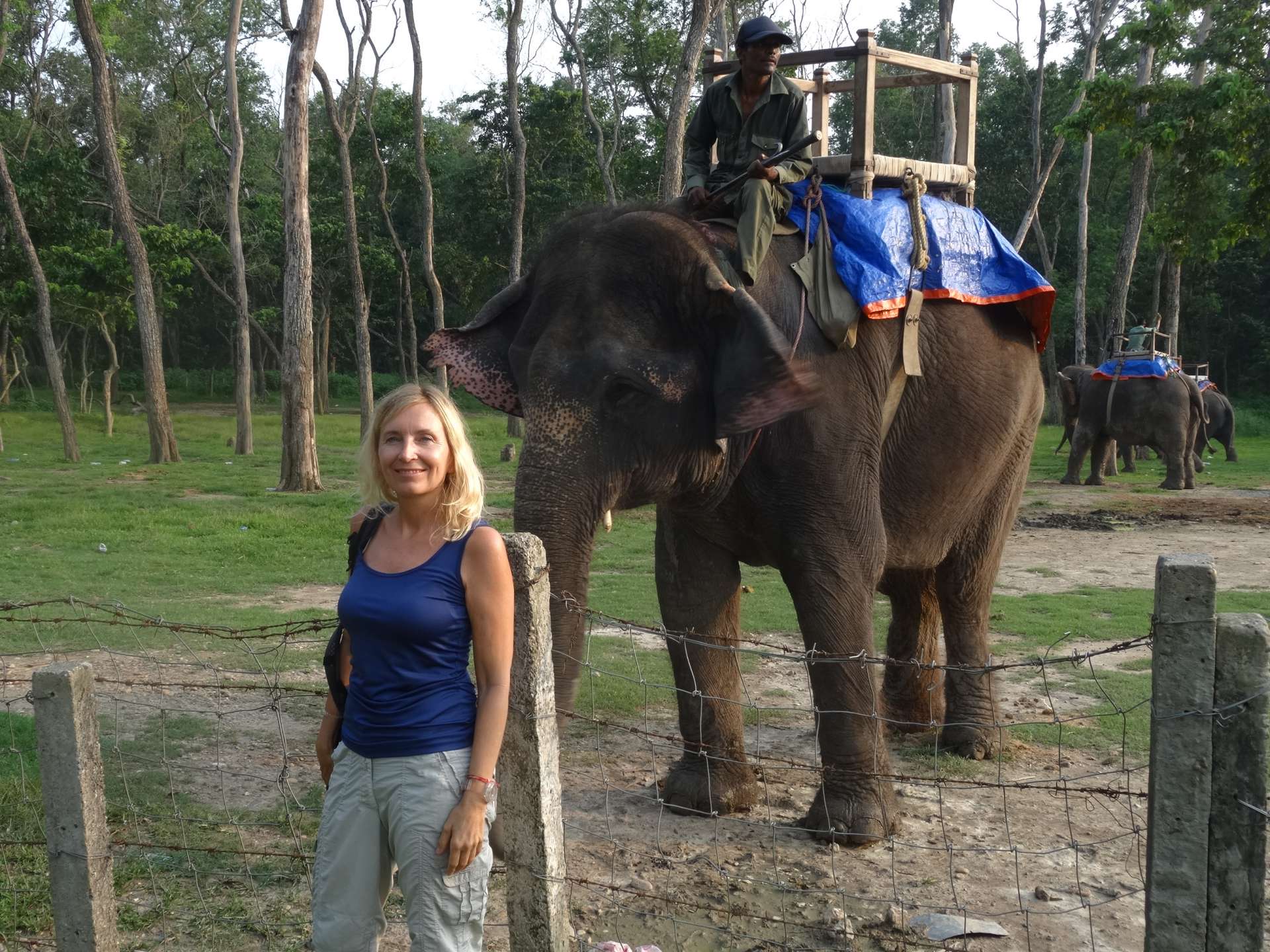

The great advantage of this type of safari is that not only do you not scare the animals with engine noise, but you also get very close to them.
So we had the opportunity to encounter several other rhinos, which were not bothered by us during their evening meal.
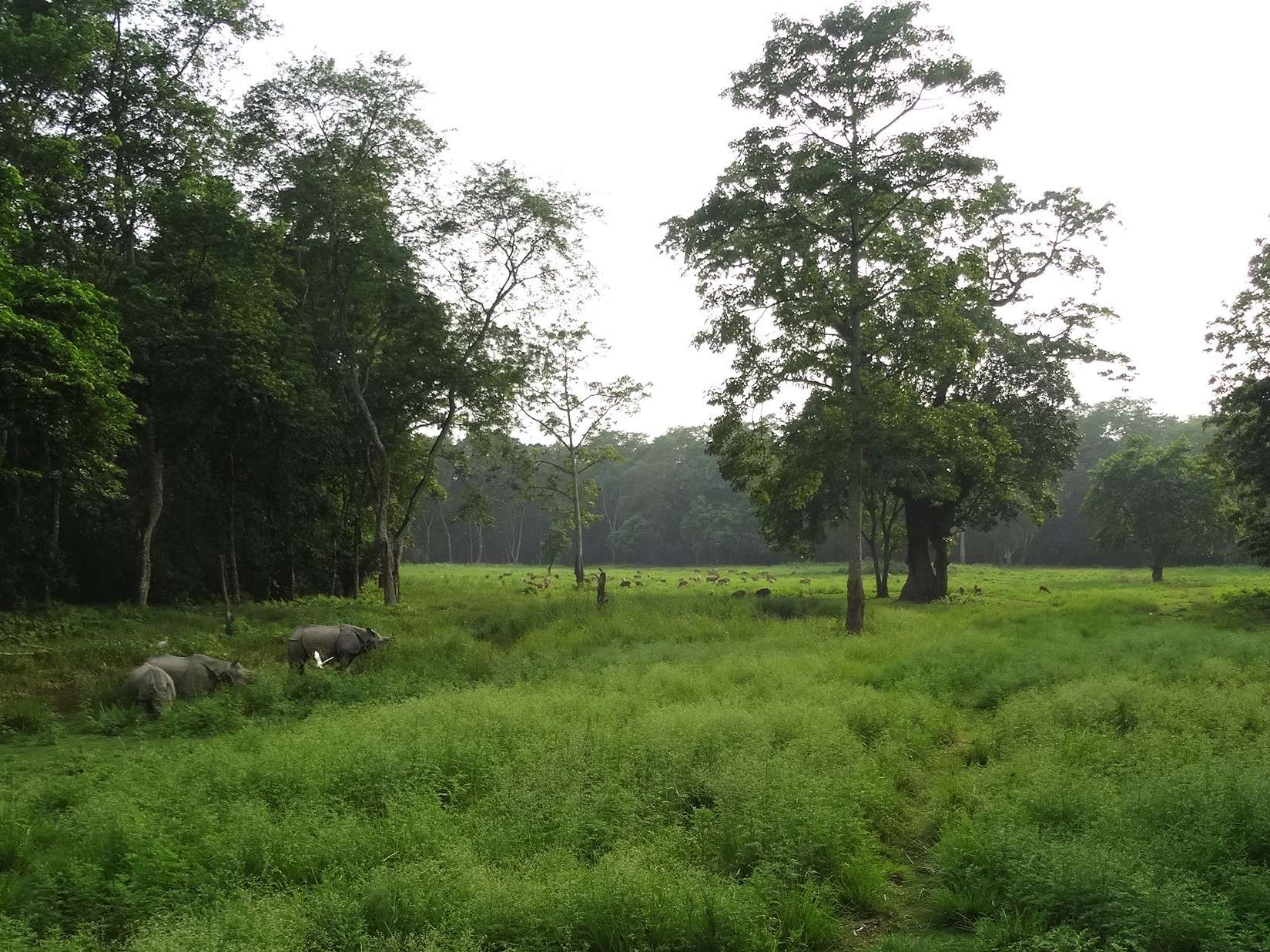
,
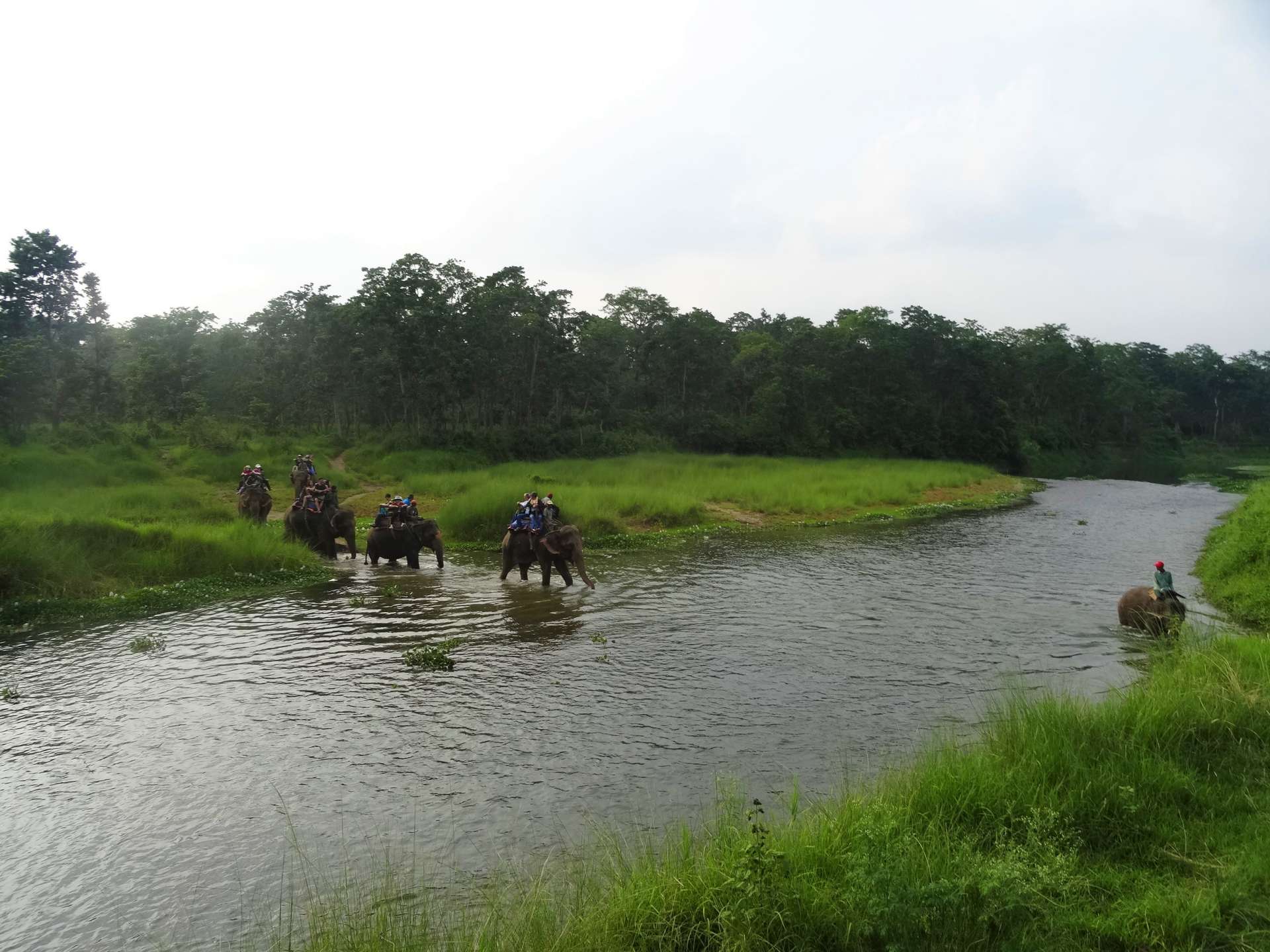
In addition, peacocks, numerous deer, monkeys, and crocodiles walked past us.
Being able to experience wild animals in their natural environment is undoubtedly more enjoyable than visiting them in a zoo.
Unfortunately, on the way back after our ride, we saw some mahouts treating their elephants roughly. A very sad aspect because the poor animals work really hard and are, after all, an important source of income.

A popular means of transportation besides bicycles and mopeds are also horse-drawn carriages, which are lovingly decorated.

Tomorrow we will take the bus on to Pokhara. I'm curious to see what we will experience there.
Abònman nan bilten
Repons (2)
Luisa
Hallo Marion und Peter! Bin bei diesen e-media Sachen ein Nackabatzl und schreibe Daher über den Account von meiner Tochter! Sehr schöner Kommentar, wünsche Euch weiterhin eine schöne Reise. Meldet Euch wenn Ihr wieder mal in Wien seid! Bei mir alles o.k. Bussi, RobertMarion
Danke, Robert für deinen netten Kommentar! Sind von Ende August bis 13.9. In Wien. Bis dann, schönen Sommer! Busserl Marion u Peter 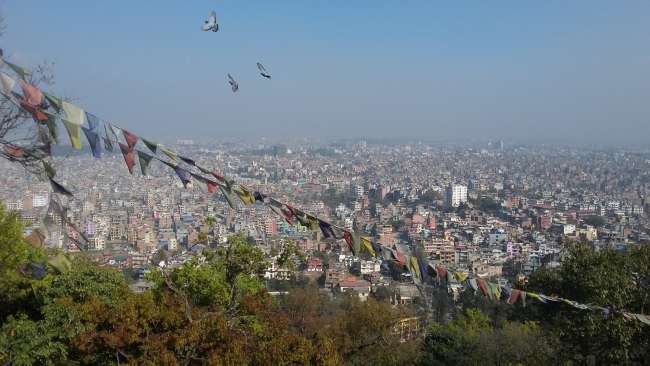
Rapò vwayaj Nepal
